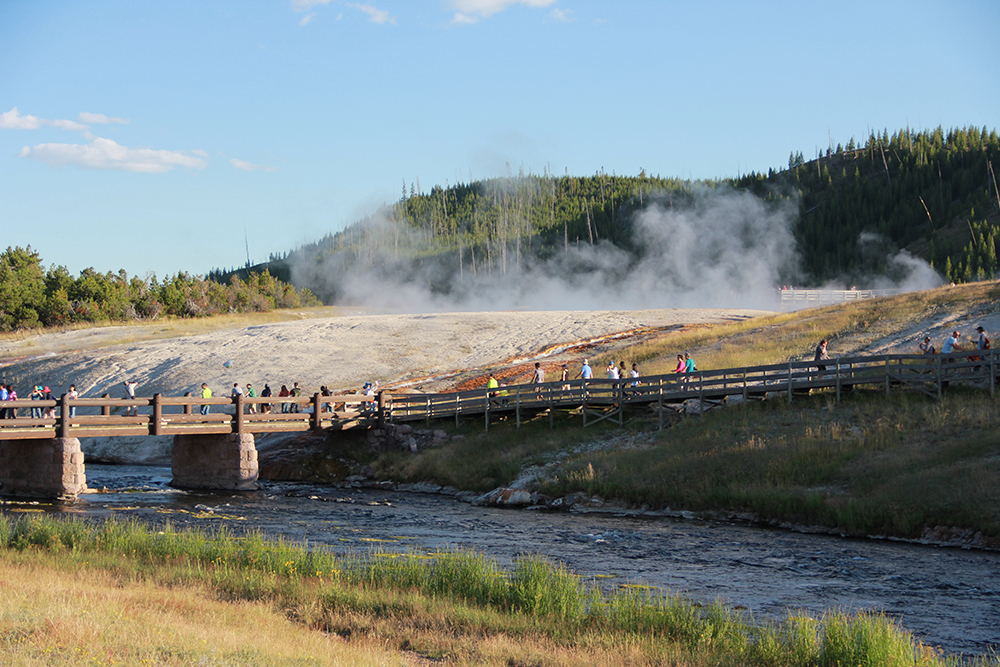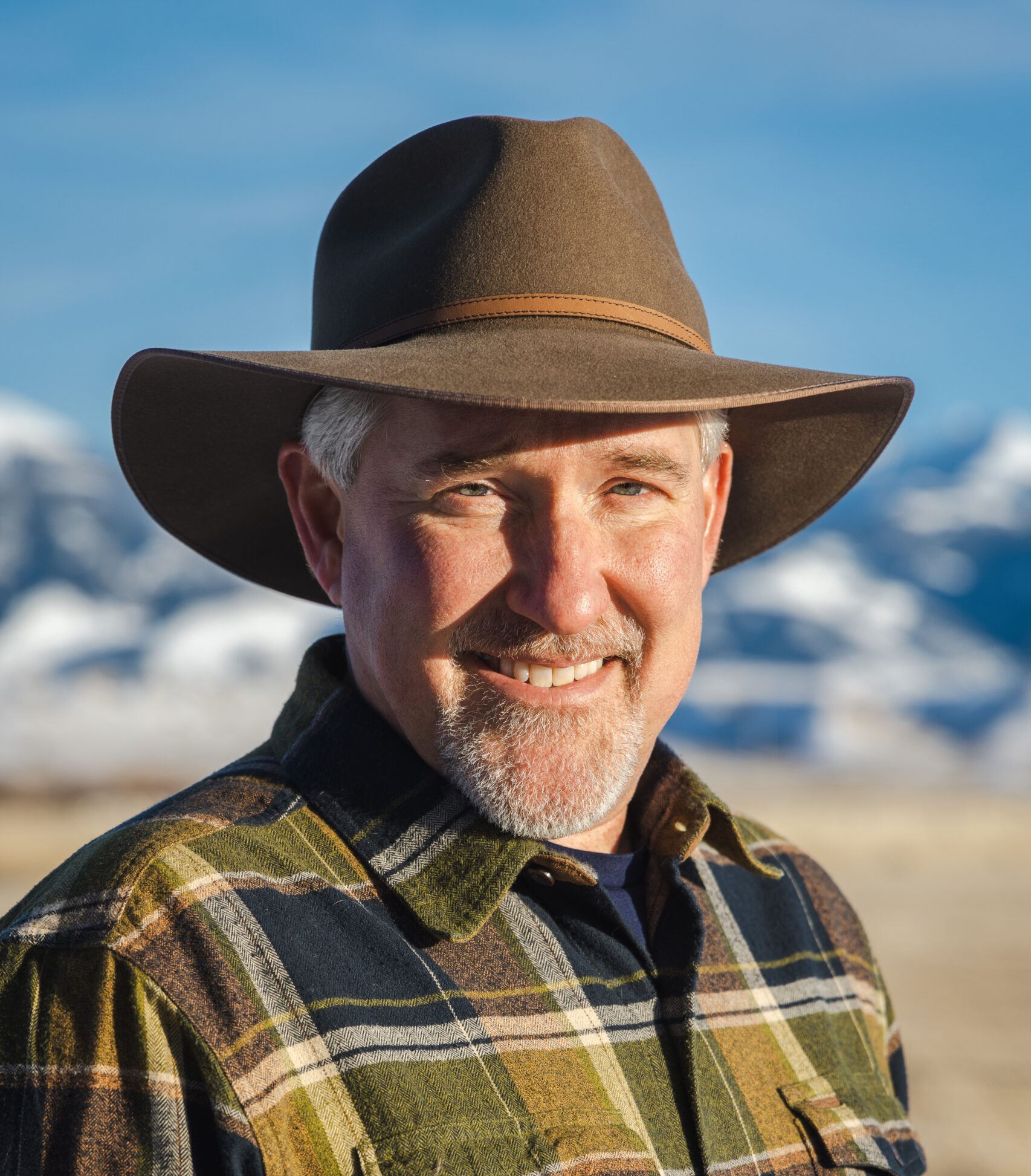America is about to rediscover her national parks. To great fanfare, Ken Burns’ epic documentary, “The National Parks: America’s Best Idea,” premieres on PBS this fall. And if past is prologue, Mike Finley expects to see a significant surge of interest in our nation’s greatest treasures. Finley, a former superintendent for Yellowstone, Yosemite, and Everglades national parks, recalls how “visitors came to the Civil War parks in droves,” after “The Civil War” aired. Couple this with the centennial anniversary of the National Park Service in 2016, and you have all the makings of a revival.
The Burns series represents a golden opportunity for the national parks. That’s because these have not necessarily been the best of times for “America’s best idea.” While U.S. population has grown, national park visitation has not. Visitation peaked in 1987. In 2008, fewer people visited the national parks than they did 20 years ago. As park service spokeswoman Kathy Kupper recently told the USA Today, “In the ‘50s and ‘60s, this was the American vacation. But we’ve gotten away from that.” And the Economist recently cautioned, “As Americans lose interest in the national parks, they will become less willing to pay for them.”
Park management has also been challenging. Unfunded maintenance projects have left sewer systems, hiking trails, roads, and buildings in poor condition. Finley recalls the day when raw sewage spilled into the Yellowstone River. And despite $920 million in stimulus spending, the National Parks Conservation Association notes that chronic underfunding has left an $8 billion maintenance and preservation backlog.
As the national parks work to overcome these issues, there has been a quiet turn to market mechanisms to boost financial support and enhance the visitor experience. Changes to the fee system, revenue sharing agreements, and efforts to measure the economic value of the parks all represent moves to instill more economic principles. In a sense, the parks have gone back to their origins.
Reforming the Park Fee System
The original vision of the National Park system was a form of financial self-sufficiency. As PERC’s Holly Fretwell notes, the National Park Service’s first director, Stephen Mather, believed that the ability to set appropriate fees and retain park receipts was important for responsible management of the resources. User fees charged to park visitors were kept in a special account by the Park Service for appropriation for road maintenance, park development, and administration. Yellowstone charged a $10 annual auto fee in 1916, the equivalent of $165 in 2006 terms. Under Mather’s leadership, at least five parks, including Yellowstone and Yosemite, became operationally self-sufficient.
In 1997, Yellowstone became the first national park to enter into a benefitssharing agreement with a commercial research firm studying the park’s microbes.
But after two years, Congress passed legislation requiring all park receipts be turned over to the National Treasury. Between 1918 and 1993, nearly all fee revenue earned in the national parks reverted to Washington, D.C., providing no direct benefit to the park unit or managers who collected the fees. A return to Mather’s vision emerged with the creation of the Recreational Fee Demonstration program in 1996 and authorized until 2014, ensuring that revenue generated by fees at certain parks be kept in those parks. Over a five-year period ending in 2010, the National Park Service projected it would collect and spend almost $1.1 billion in fee revenue on deferred maintenance, habitat restoration, visitor services, and preventative maintenance.
The Fee Demo program (now called the Recreational Enhancement Act) has also begun to restore the connection between park managers, visitors, and gateway communities. With greater accountability to those most impacted by the parks, the program is funding projects that otherwise might sit on a shelf.
Benefits-Sharing Act Agreements
Another recent market mechanism has sought to capture the value of research in the national parks. The discovery of a microbe called “Thermus aquaticus” in a Yellowstone hot springs led to the process that made DNA fingerprinting and other DNA analysis possible. Annual sales associated with this process have generated approximately $100 million with neither Yellowstone nor the National Park Service receiving any direct benefit. All of the proceeds went to the private entities involved.
For years the Park Service has granted research permits. In Yellowstone alone, approximately 40 research studies are being conducted at any time on the ecology of thermophiles. Thus, in 1997, Yellowstone became the first national park to enter into a benefits sharing agreement with a commercial research firm studying the park’s microbes. The Diversa Corporation promised to pay Yellowstone $100,000 over five years plus a royalty based on the potentially billions in revenues related to its park research.
Sadly, as then-park superintendent Finley notes, “I was the first park manager to initiate benefits-sharing and the first to get sued.” Opponents challenged the agreement as a commercial use of park resources even though the microbes and DNA collected in the park remain in federal ownership and are never sold. As Finley recalls his chief scientist saying, “You take more of Yellowstone with you on the dirt of your boots than a scientist with a pipette of thermal water.” Today, benefits-sharing agreements that might serve to secure our national parks future are on hold as an environmental impact statement is developed to examine their potential impacts.
Measuring the Wealth of Our Parks
In 2003, Ken Olson, then-president of the Friends of Acadia National Park, wrote that “when it comes to some of the boldest manifestations of our collective wealth, the national parks, Americans see them almost exclusively as natural, recreational, and spiritual assets. Surely they are that, but we park conservationists hurt our cause by not emphasizing their economic virtues at the same time.”
Mike Finley knows from experience that the benefits of our national parks are especially important to the parks’ gateway communities. “Our national parks can best be described as the goose that keeps laying ever bigger golden eggs.” He recalls watching commercial fishermen lining up just outside the border of Everglades National Park, reaping the bounty of a protected ecosystem, along with fishing guides, tour operators, rental car companies, airlines, and hotels. “Yet no one has created a compelling analysis of the parks’ economic value and benefits,” said Finley.
That may be changing with a new Money Generation Model, a program designed to bring greater awareness of the benefits that the parks bring to gateway communities—those within 50 miles of a national park. In the latest report, it was estimated that park visitors spent nearly $12 billion in gateway communities, supporting 232,000 jobs, with local residents accounting for only 9.5 percent of this spending Like any good business, dissemination of economic information can be useful for creating external support for specific parks; fostering partnerships with governments, not-for-profits, and businesses in gateway communities; and justifying fiscal decisions of the park such as market-based adjustments to fees.
National parks all owe their existence, in part, to the private economic interests of large railroads who were among the first to appreciate the amenity value of these natural wonders.
As Olson writes, “the idea is that special places that are set aside from the market system can themselves create and sustain markets, especially in the immediate surroundings. Capitalism, entrepreneurship, and conservation are not a strange ménage.”
When it comes to our national parks, many Americans find themselves uncomfortable with these economic concepts and emerging market based programs. Yet that sentiment comes with a tinge of irony. Yellowstone, Glacier, Grand Canyon, Mount Rainier, and Crater Lake National parks all owe their existence, in part, to the private economic interests of large railroads who were among the first to appreciate the amenity value of these natural wonders. Railroad titans funded explorers, painters, photographers, and lobbyists to secure protection of these areas from individual homesteaders, miners, or loggers, who themselves might capture the value of the land.
Individual capitalists, too, used their wealth to protect America’s special places. John D. Rockefeller, Jr. purchased 35,000 acres in Wyoming and donated it for the creation of Grand Teton National Park, along with contributions that led to the creation of Acadia and the Great Smokey Mountain national parks.
Park founders, however, got it right. The National Parks are and should be public. Even the Manhattan Institute’s Peter Huber acknowledges this point in his book Hard Green, “In every way an accountant, economist, or even an ecologist might measure, Disney would operate Yellowstone much better than the National Park Service. But Yellowstone would be diminished nonetheless . . . Some values depend on doing things on a scope and scale that is inescapably public.” Part of the parks’ patriotic grandeur is that they belong to us and not to any one particular private interest. But as history shows, it does not mean public control cannot be combined with market principles or private interests to secure a thriving future for our national parks.
Park managers need to protect our natural icons while exploring opportunities to attract new customers and visitors. To this end, Ken Burns is giving the national parks a gift, a chance to reconnect with their number one customer—us.




